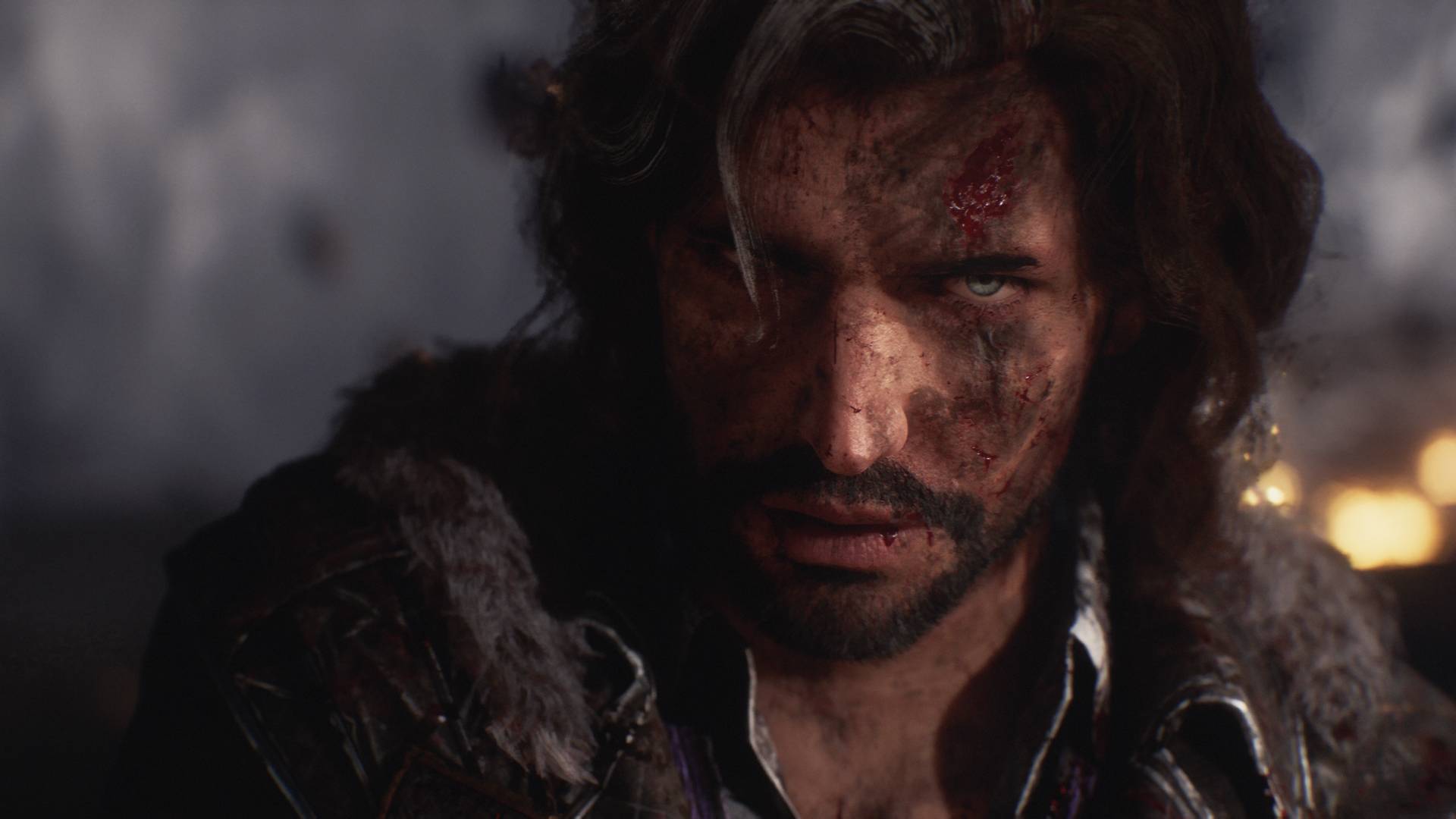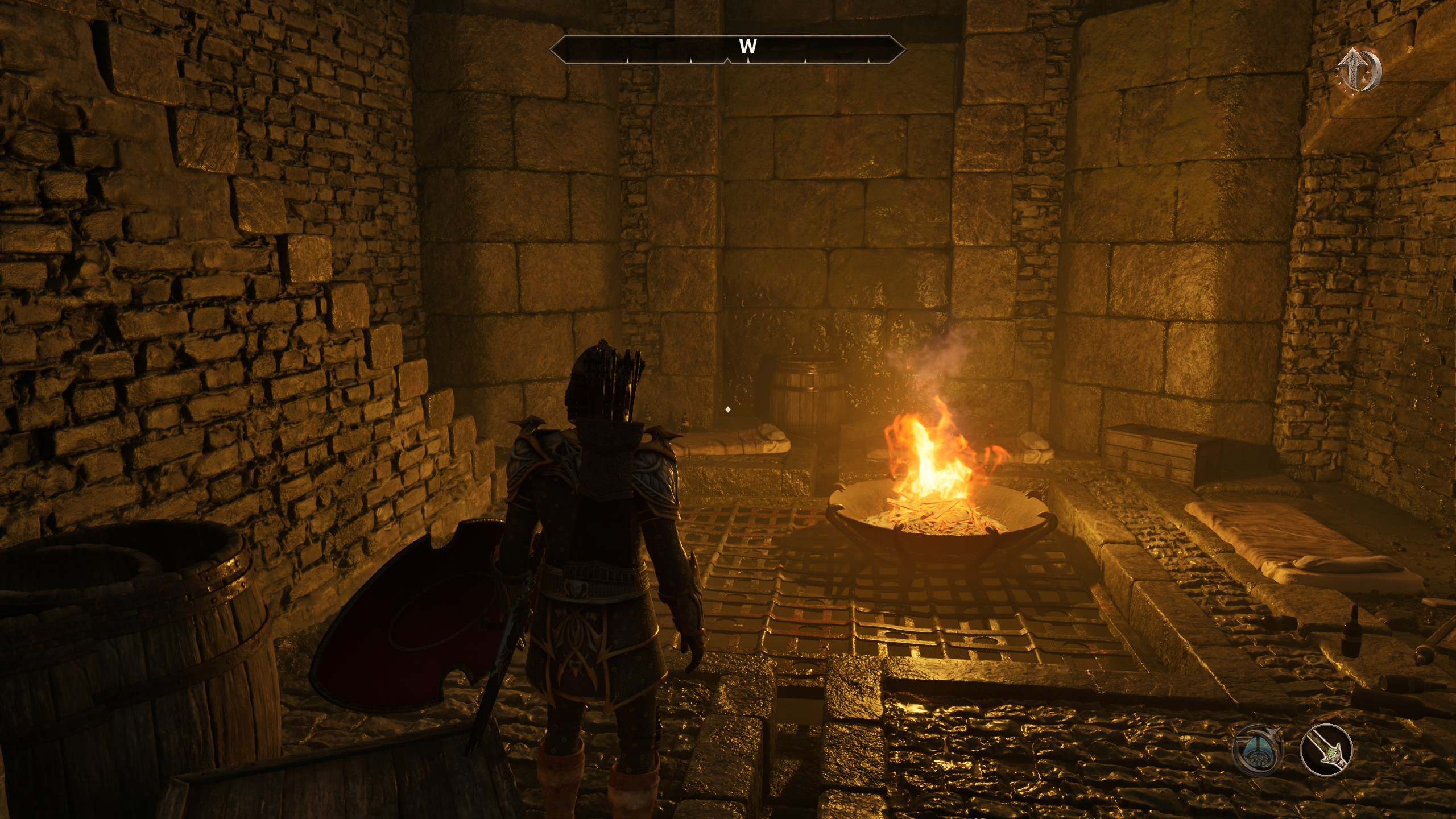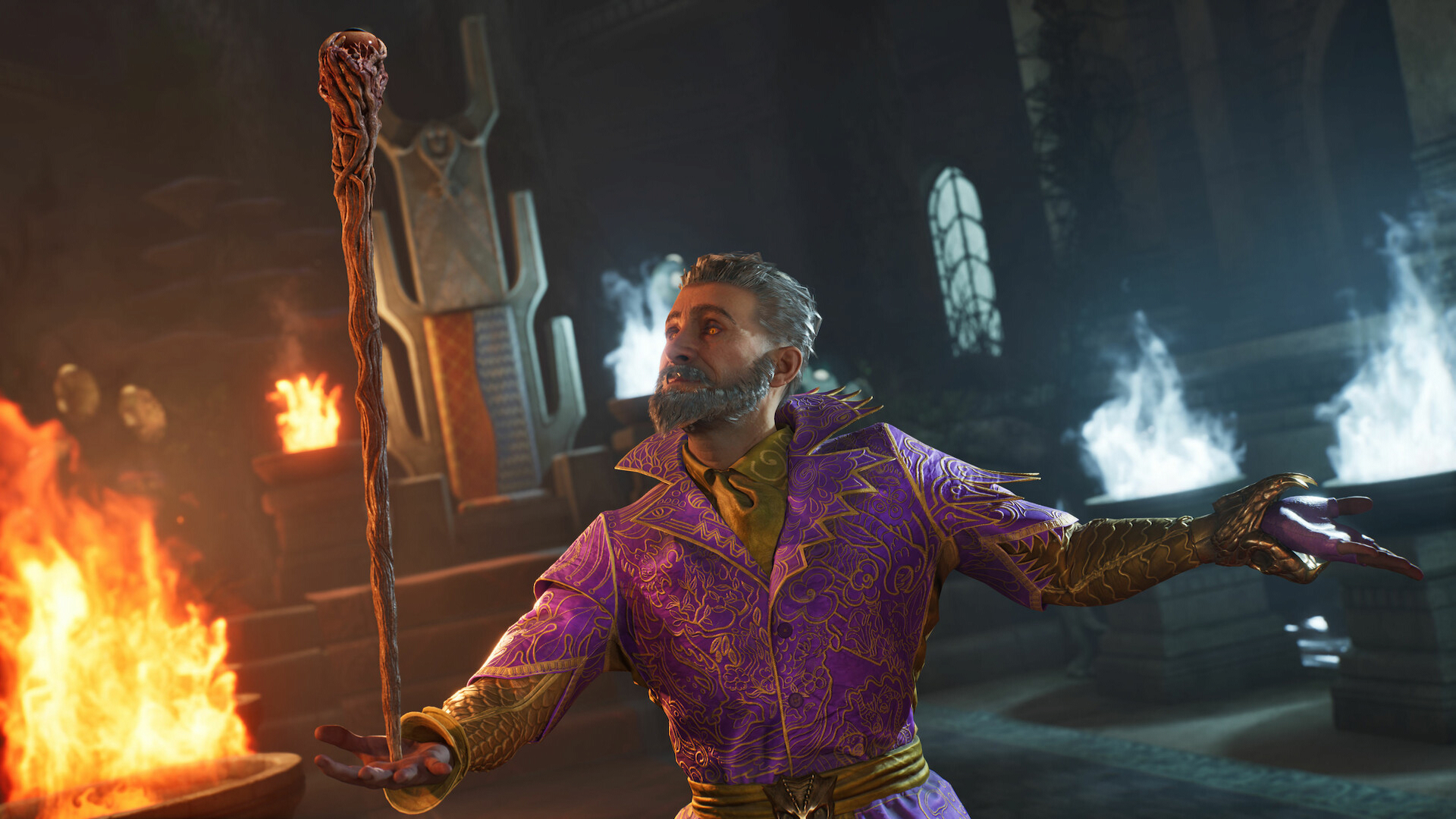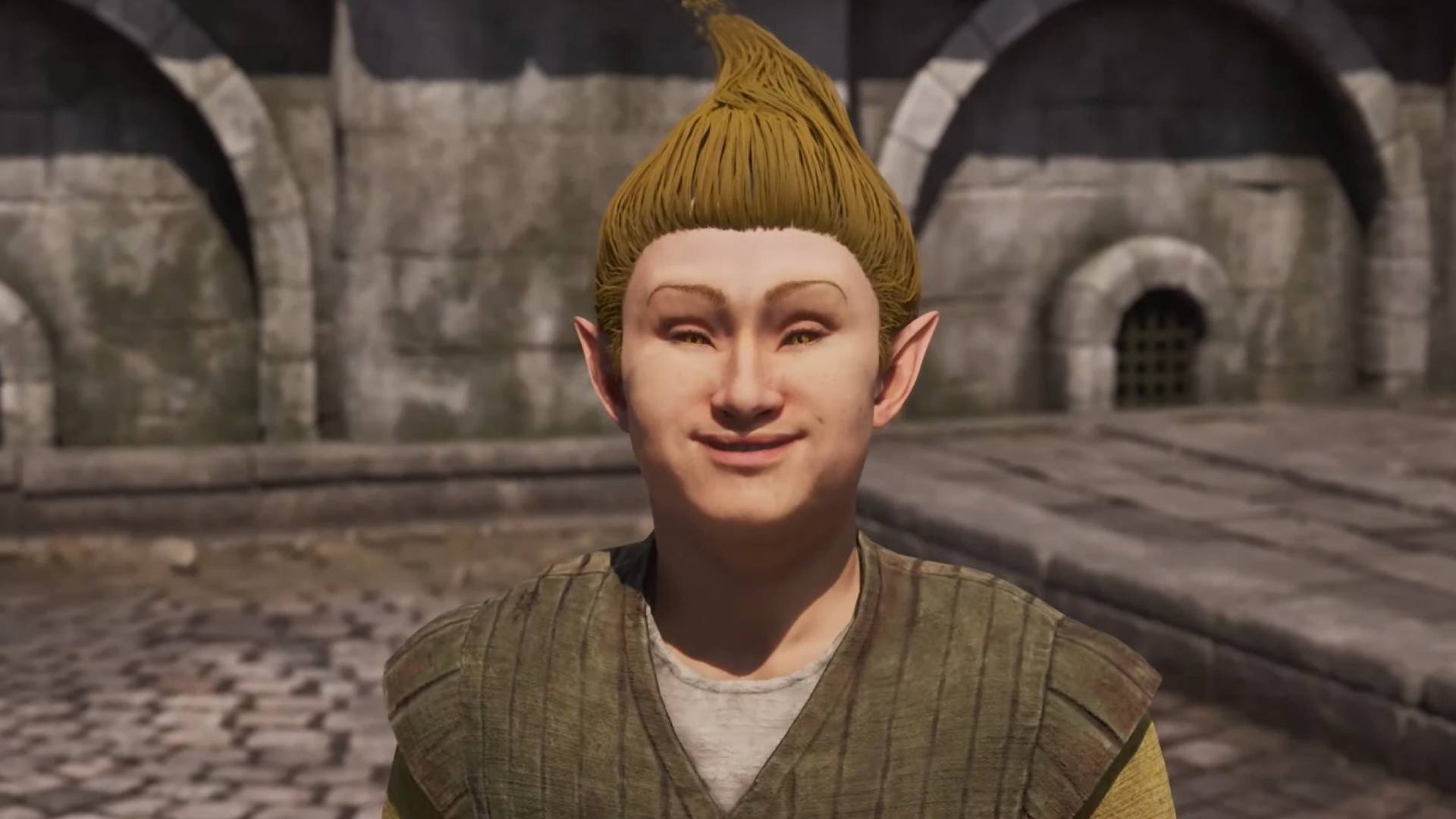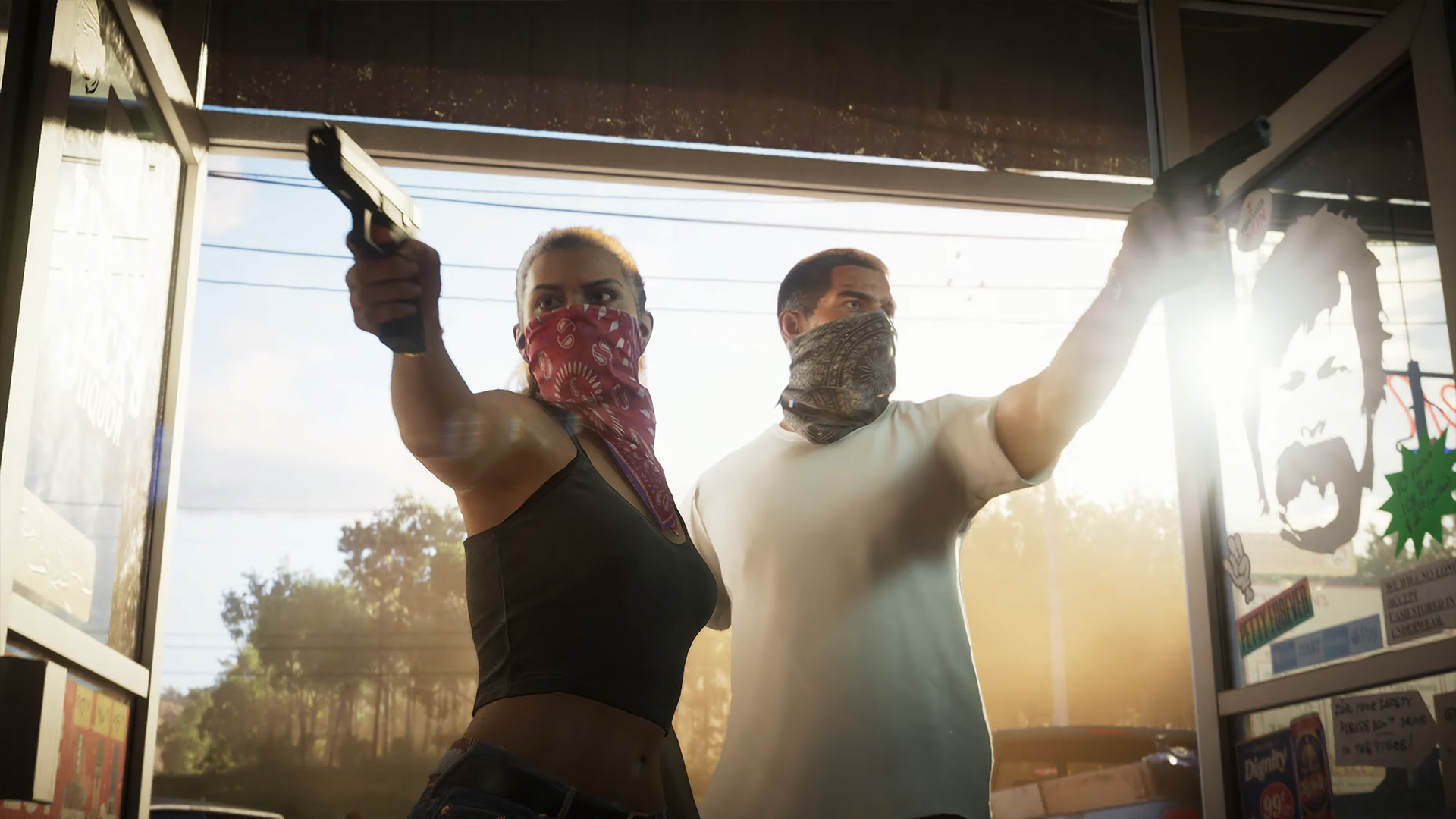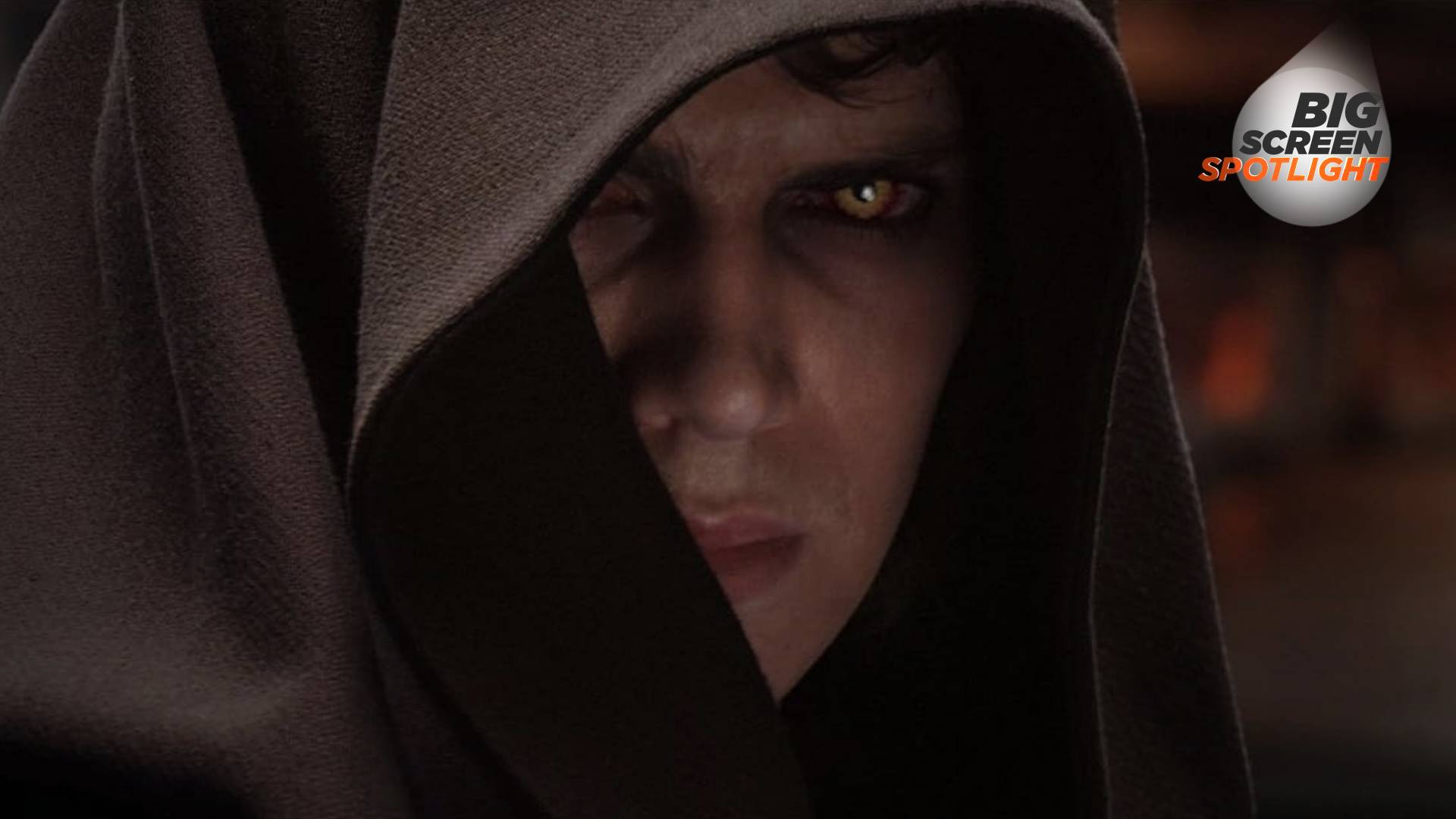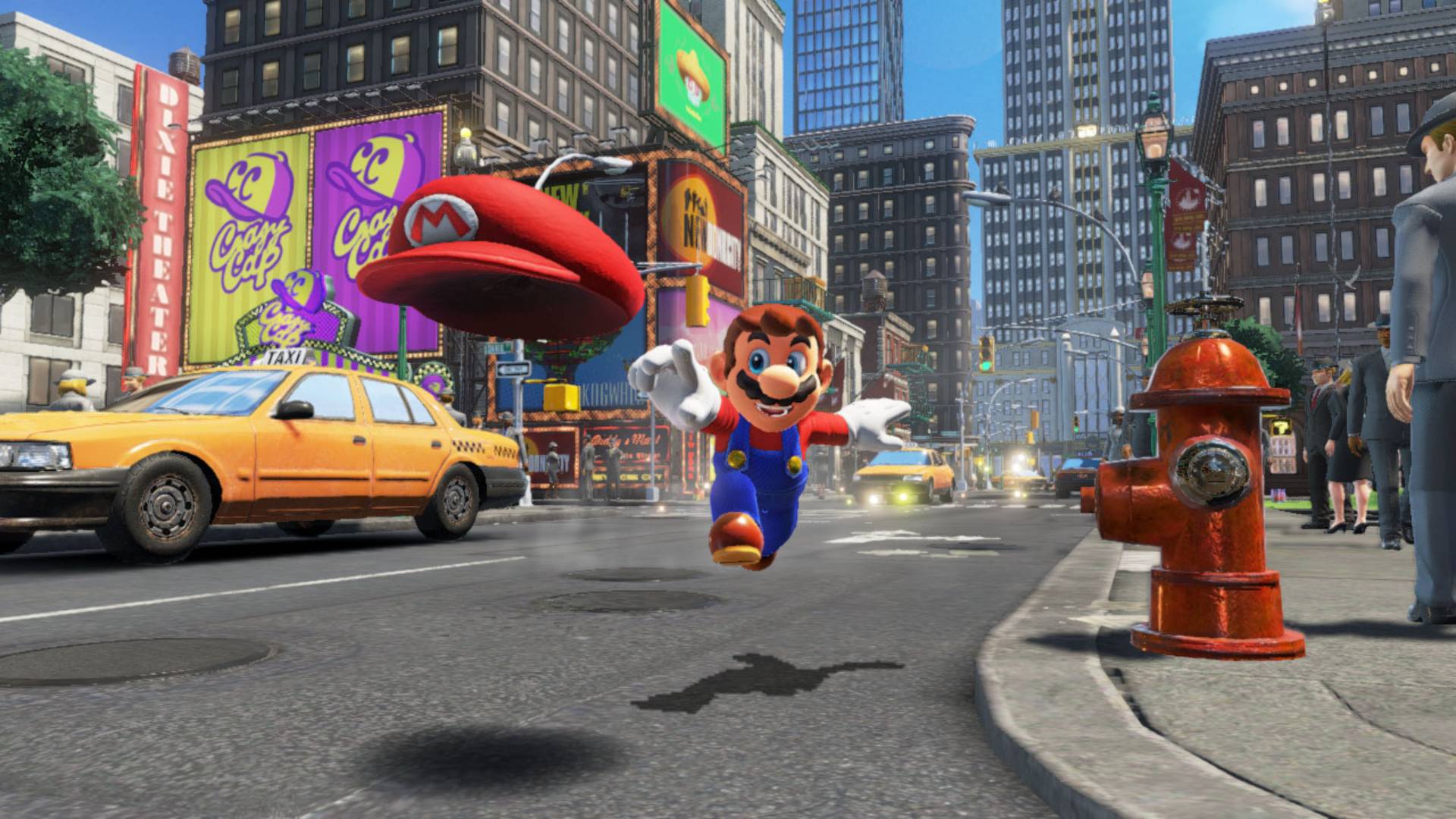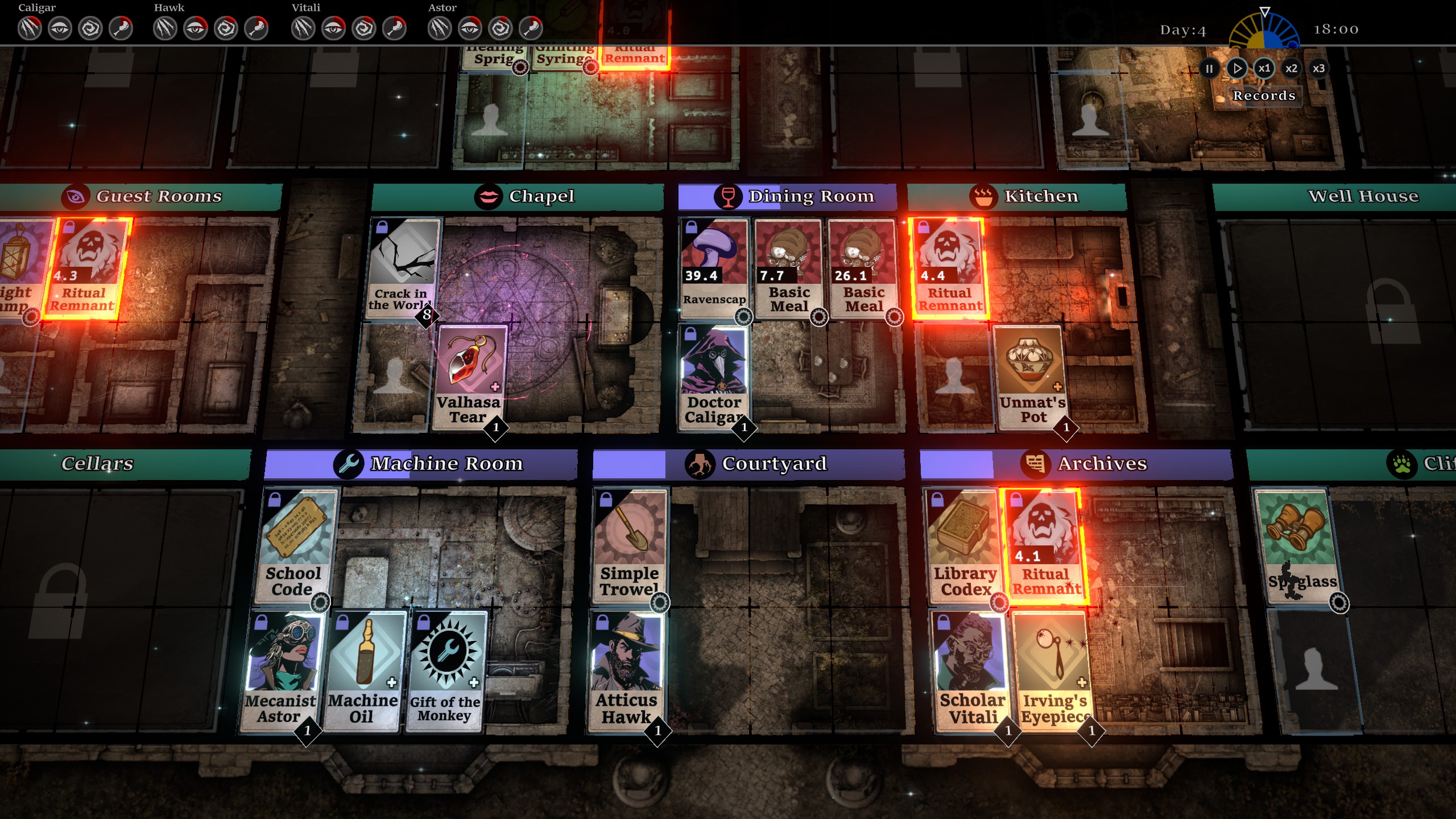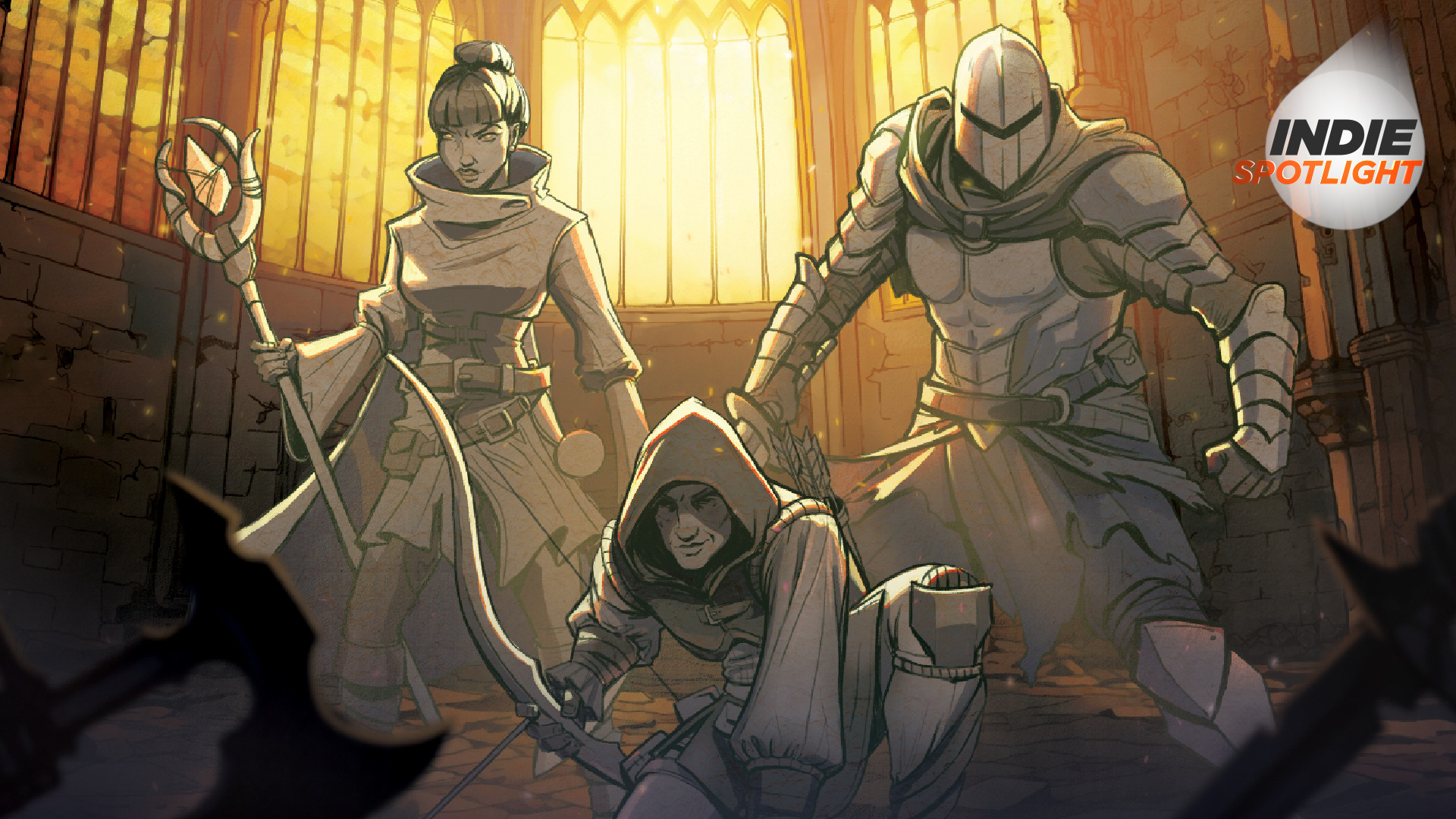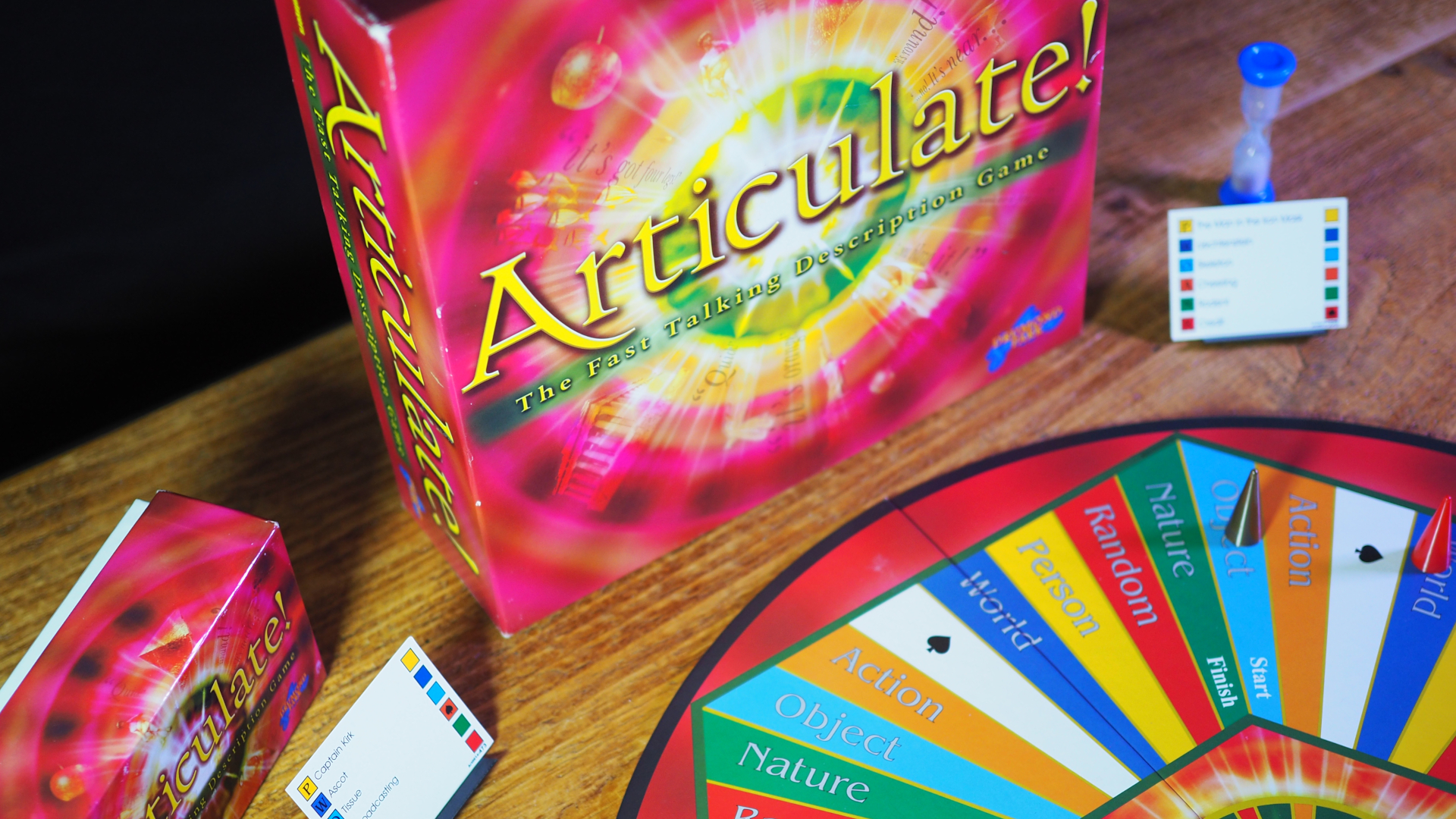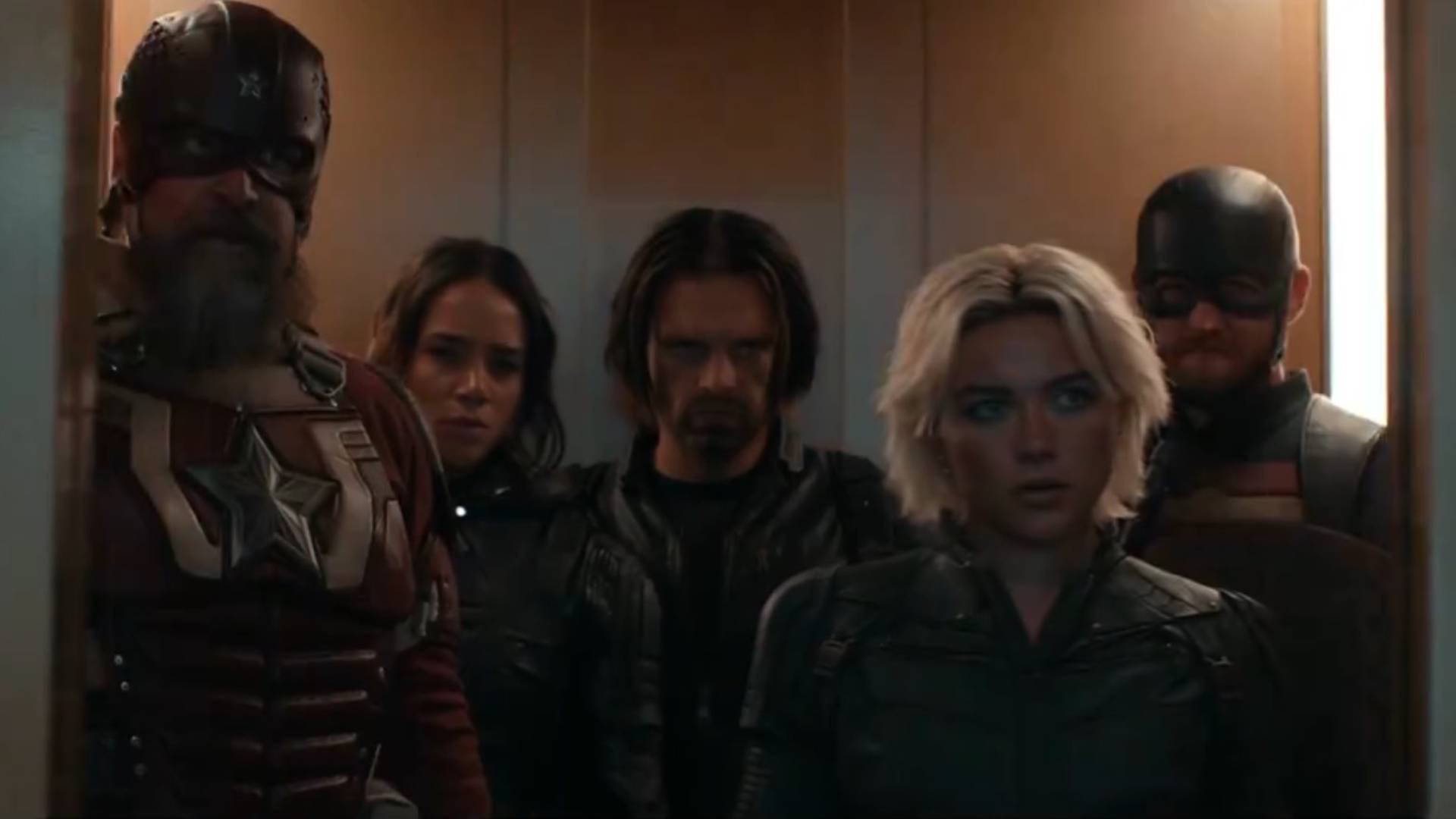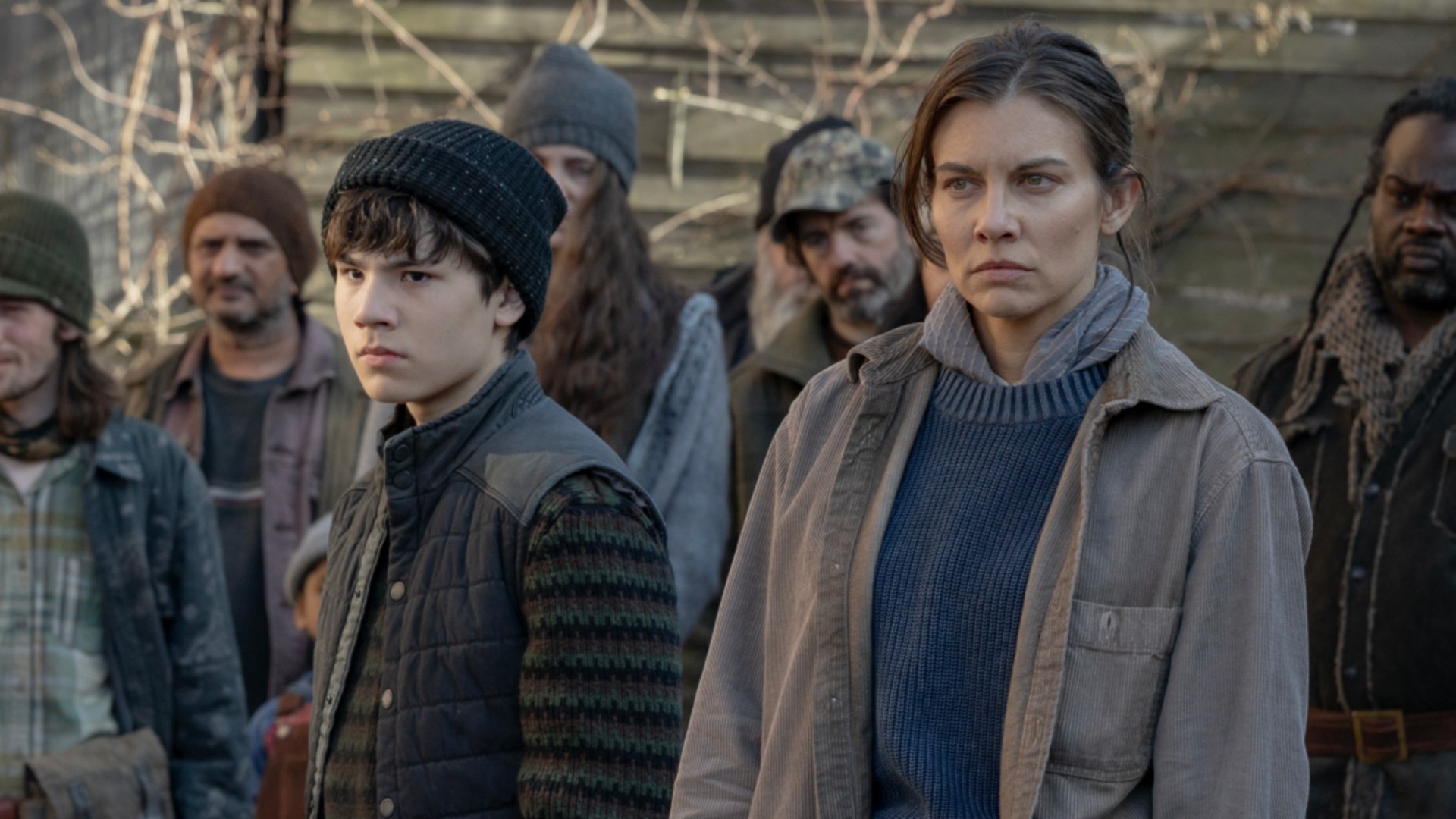When you purchase through links on our site, we may earn an affiliate commission.Heres how it works.
That includes former Blizzard lead engineer and Epic UI director Matt Schembari, now CEO at his own studio.
I’m not creative, creatively motivated, outspokenly social, or terribly collaborative.
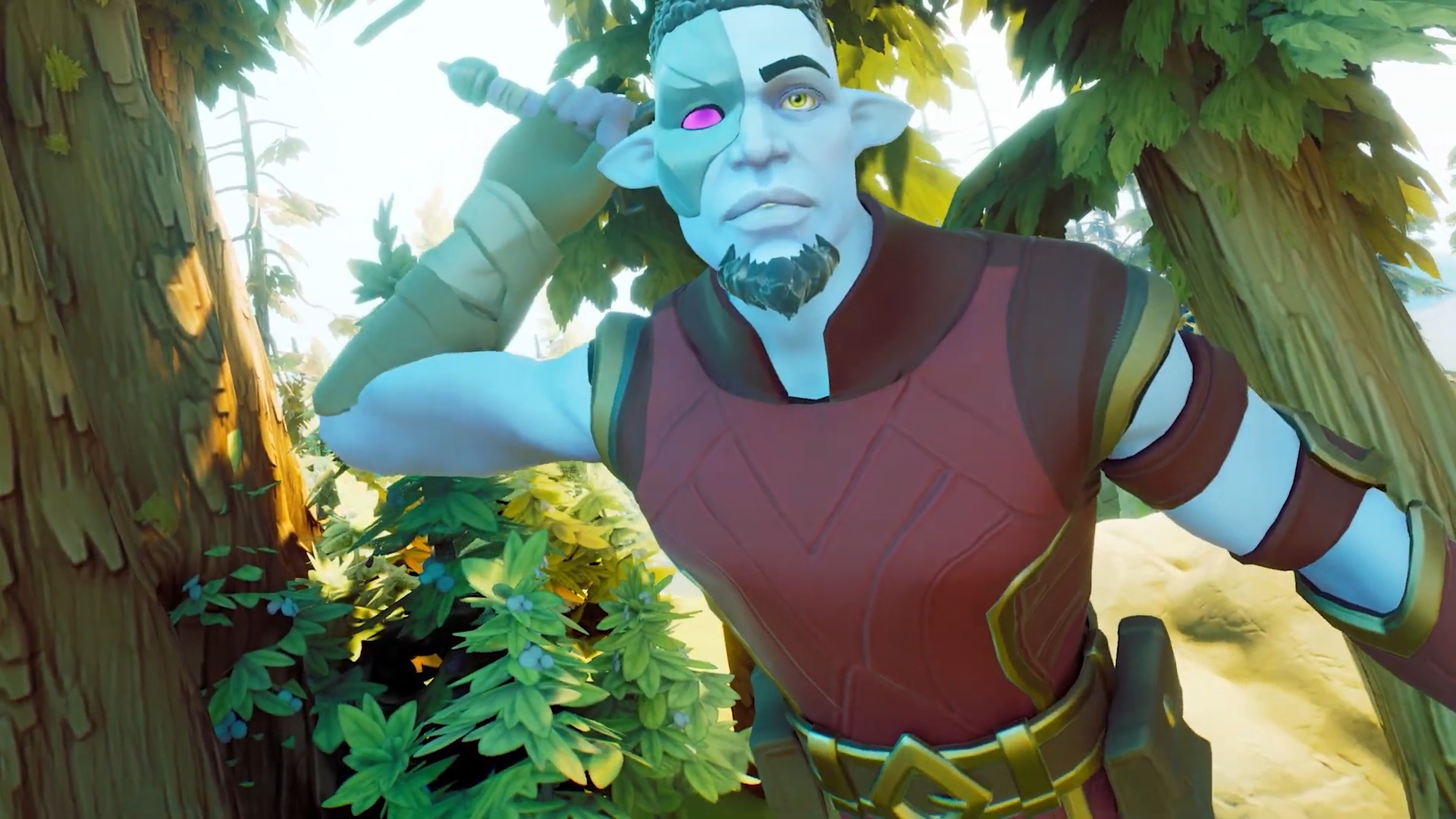
The RPG side
Project ORCS walks like an isometric fantasy RPG.
I start by making a character and choosing a class.
This also makes it easy to play multiple characters within one Safehold.
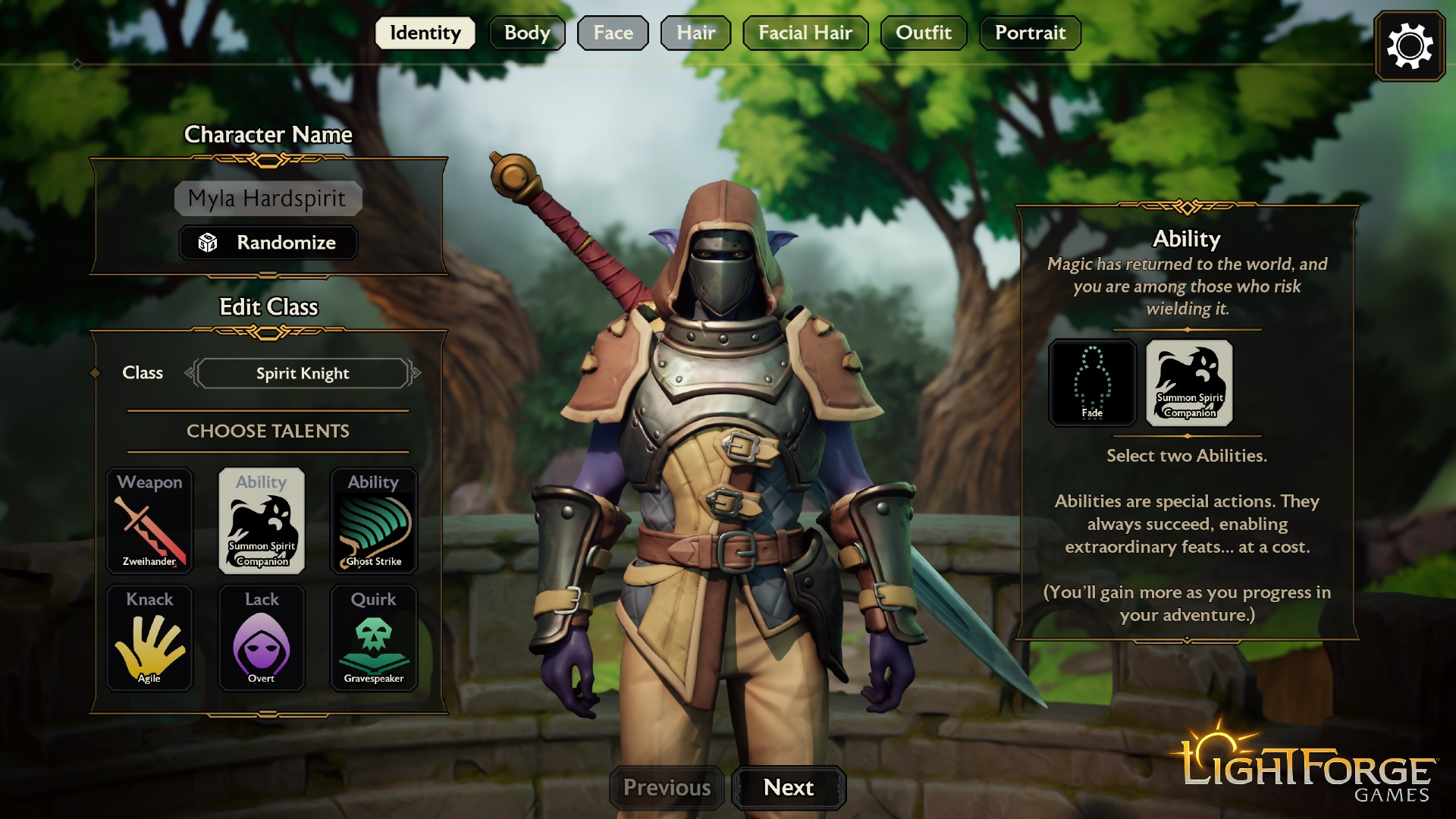
It’s about making something out of nothing.
You get a prompt, and then your party, with the help of your Guide,createsthose encounters.
You come up with the scenario, the goal, the characters, the landscape, the twists everything.
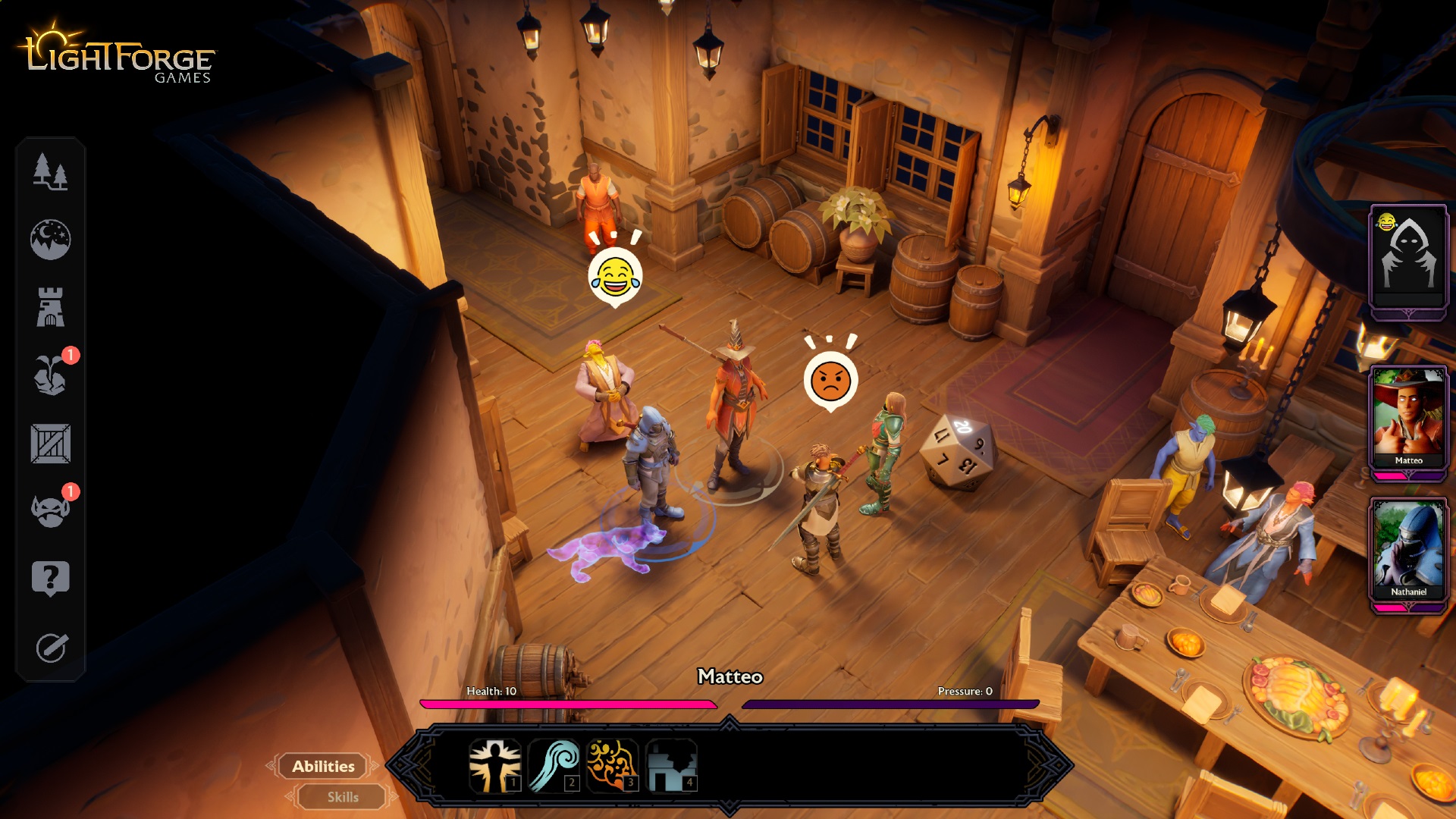
You don’t follow dialogue options; you write them in real time.
Will you be violent?
The game is a primer, a springboard for you to play off of.
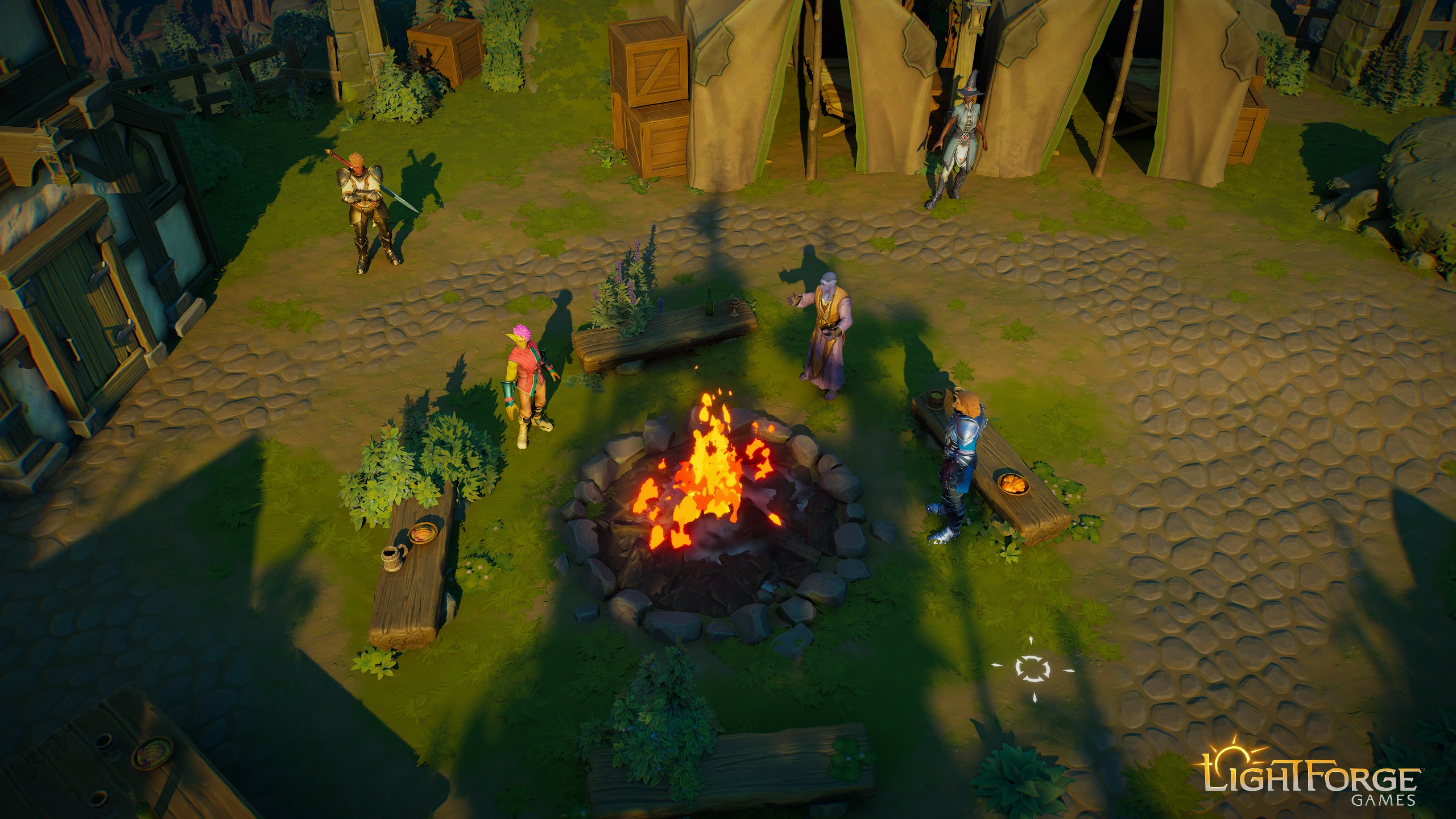
It gives you tools to create and space to imagine; the rest is up to you.
The stage set, our characters approach the graveyard.
As a party, we start to feel out what’s going on while Schembari riffs on story ideas.
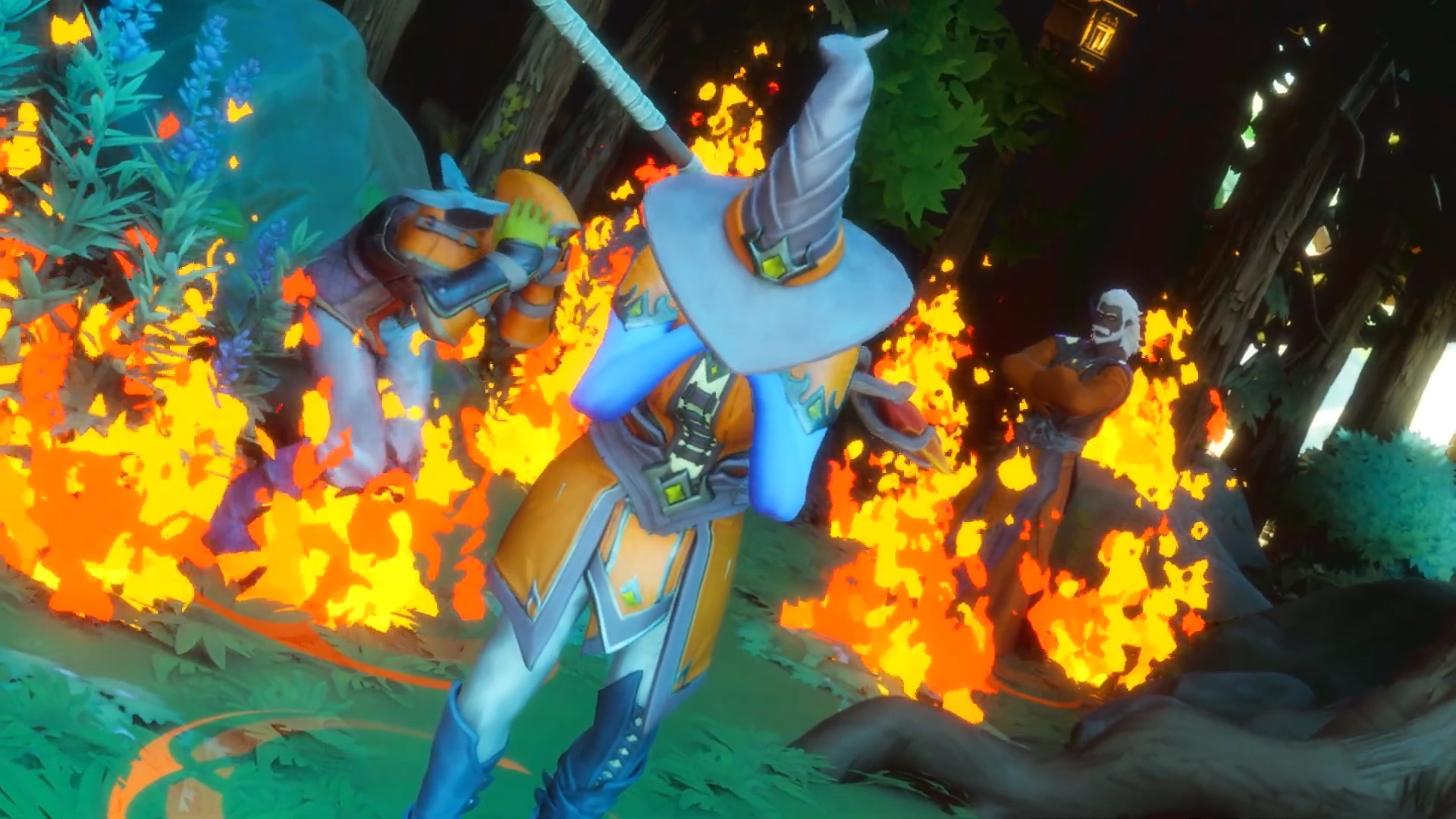
Before long, an idea clicks for the whole room and the first segment of our story is woven.
It’s all very loosey-goosey the game can be as hard or forgiving as you see fit.
Quest complete, sage recruited, job done.
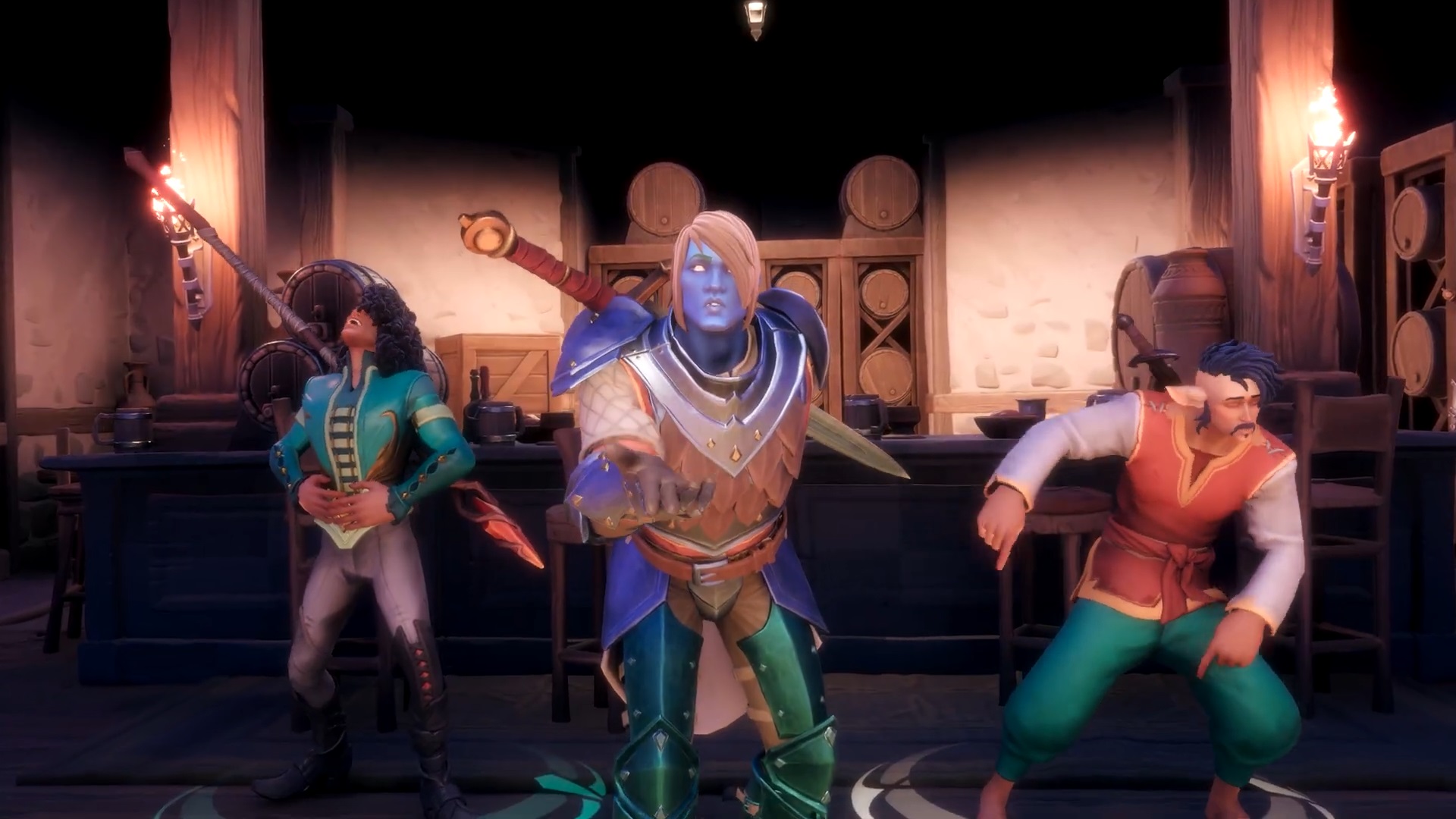
The important thing is that none of this stuff existed when we started.
Literally all we had was the sage and his graveyard.
The entire plot, from character motivations to dialogue, was collectively improvised.
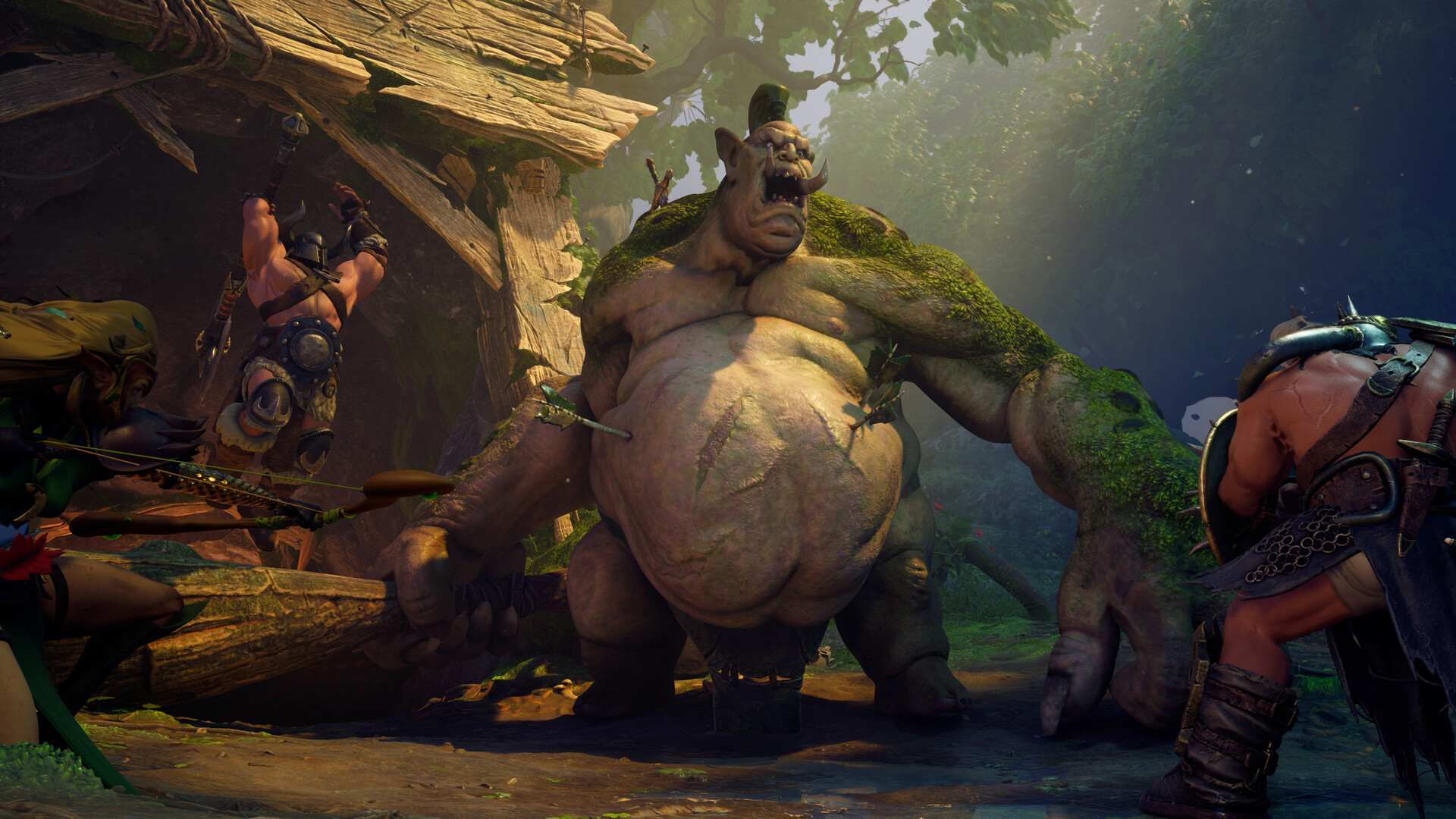
The big twist was tied to some ghost trees that we placed while aimlessly experimenting with the edit tool.
“Yeah, it’s a leadership position in the party.
And yeah, you probably need to be a little bit more comfortable with the game.
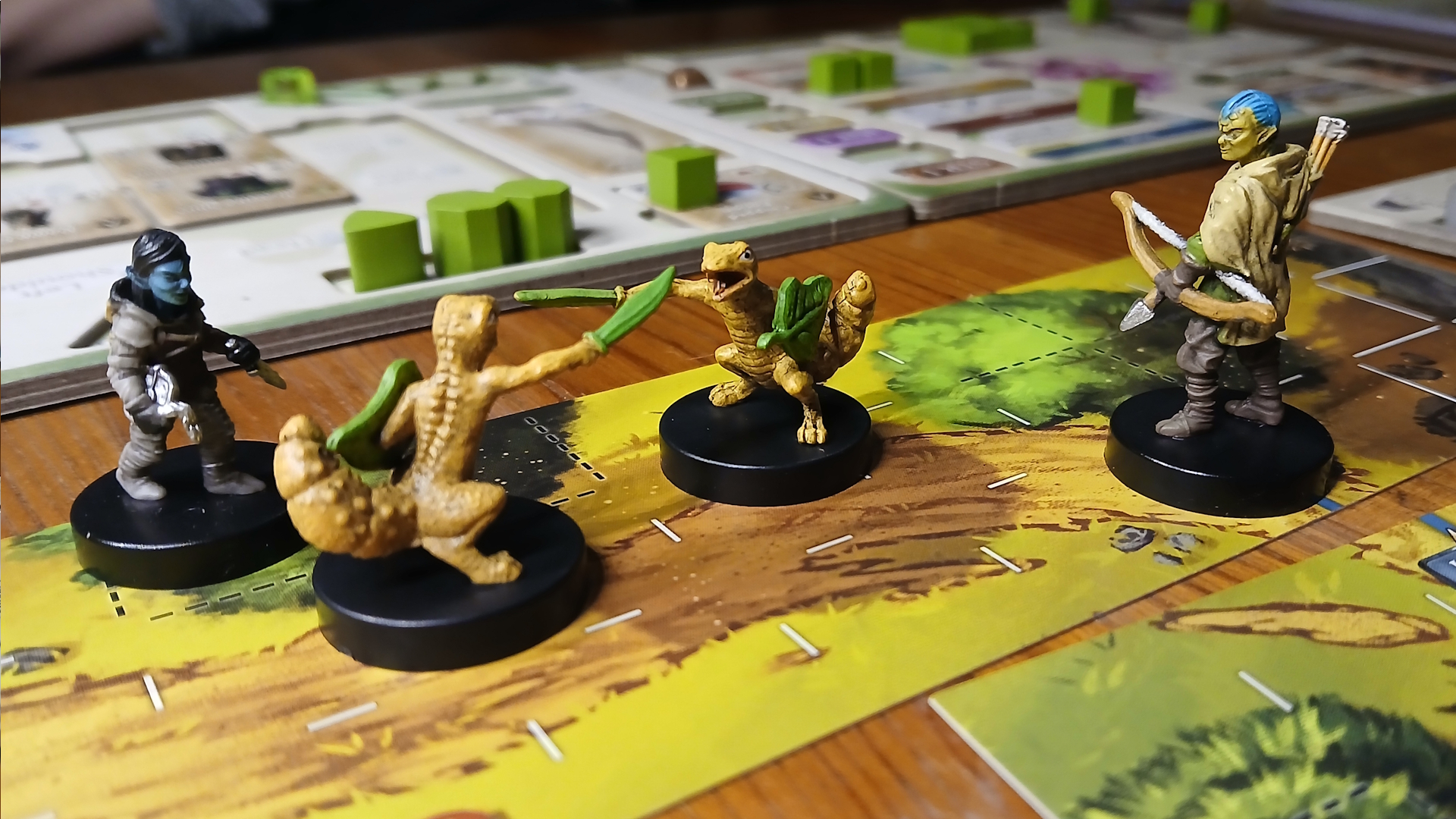
But you’re still playing the game.
“Ultimately, we’re not necessarily targeting only people who like playing tabletop RPGs either.
Which is to say nothing of another core, mega-popular inspiration: Fortnite.
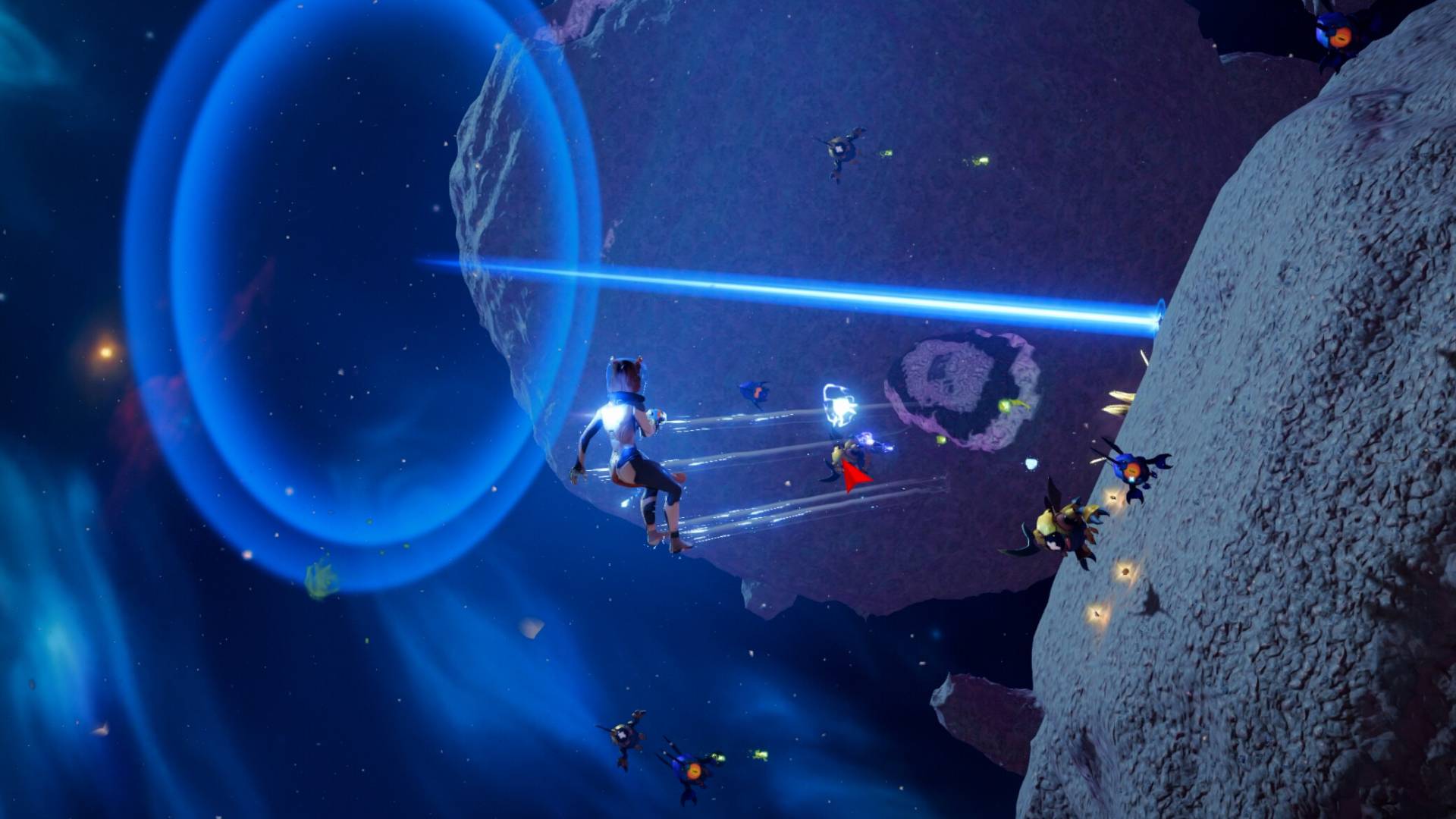
They were maybe 10 and 11 at the time.
I hop into the party with them, and they jump into Creative Mode.
The keepsake that was used in our pinnacle purification scene did not exist outside our imaginations.
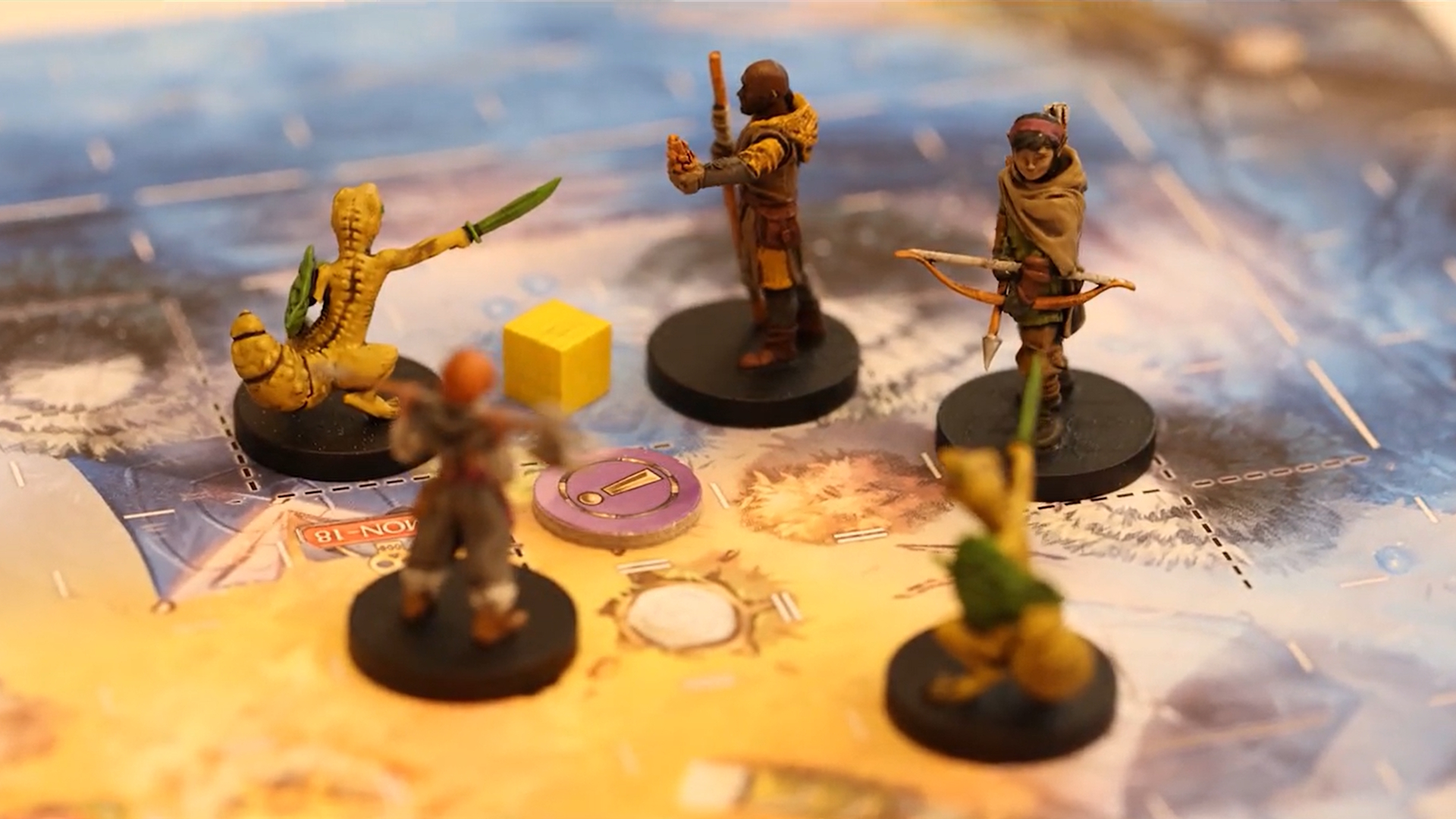
“A game like this is truly, truly open-ended,” Schembari asserts.
“You really can take it in any way.
And I think that changes things.”
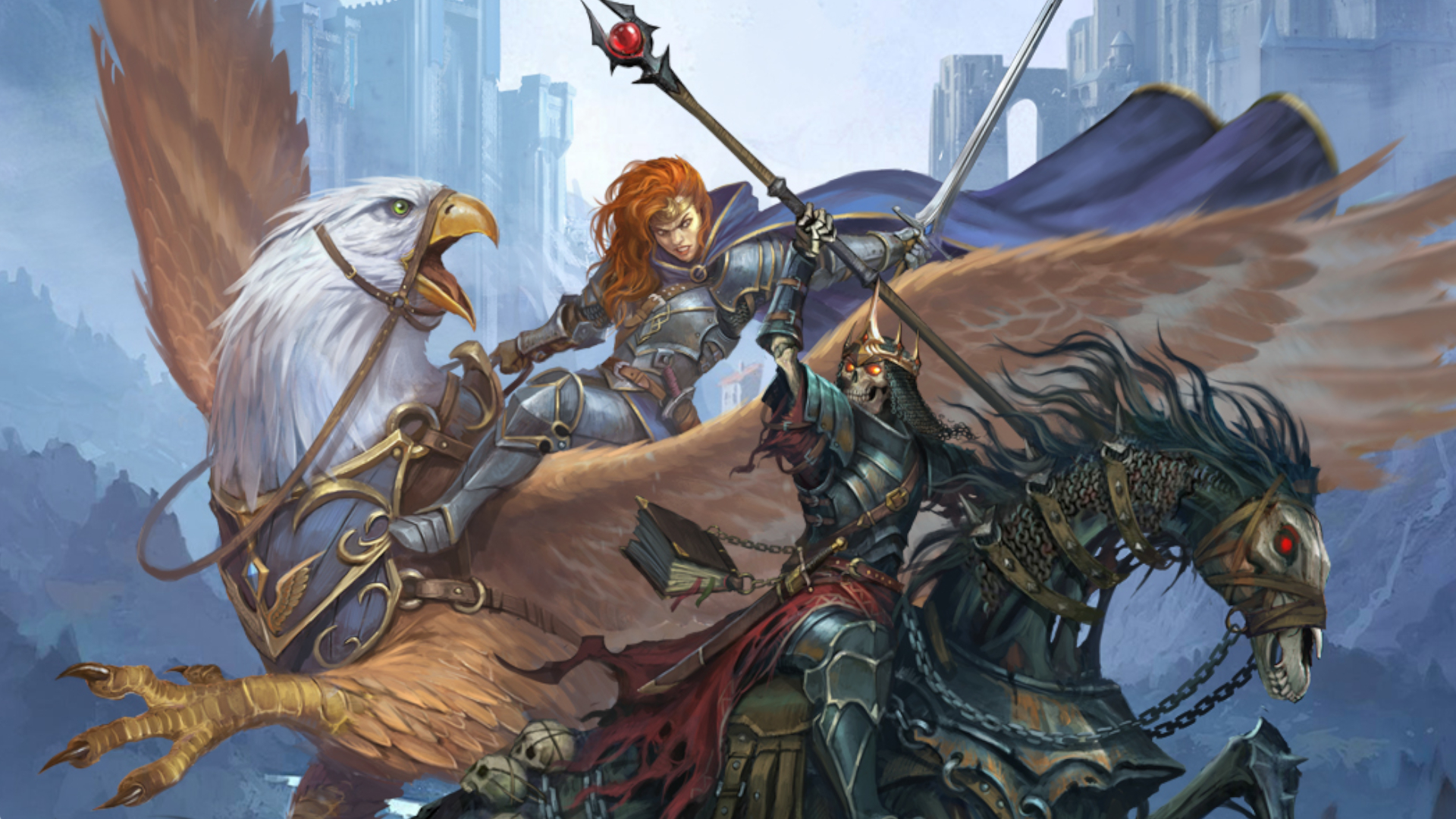
It’s not something you get locked into for months or years.
One of the challenges that we’ve had is this question of, is it a tool?
Or is it a game, right?
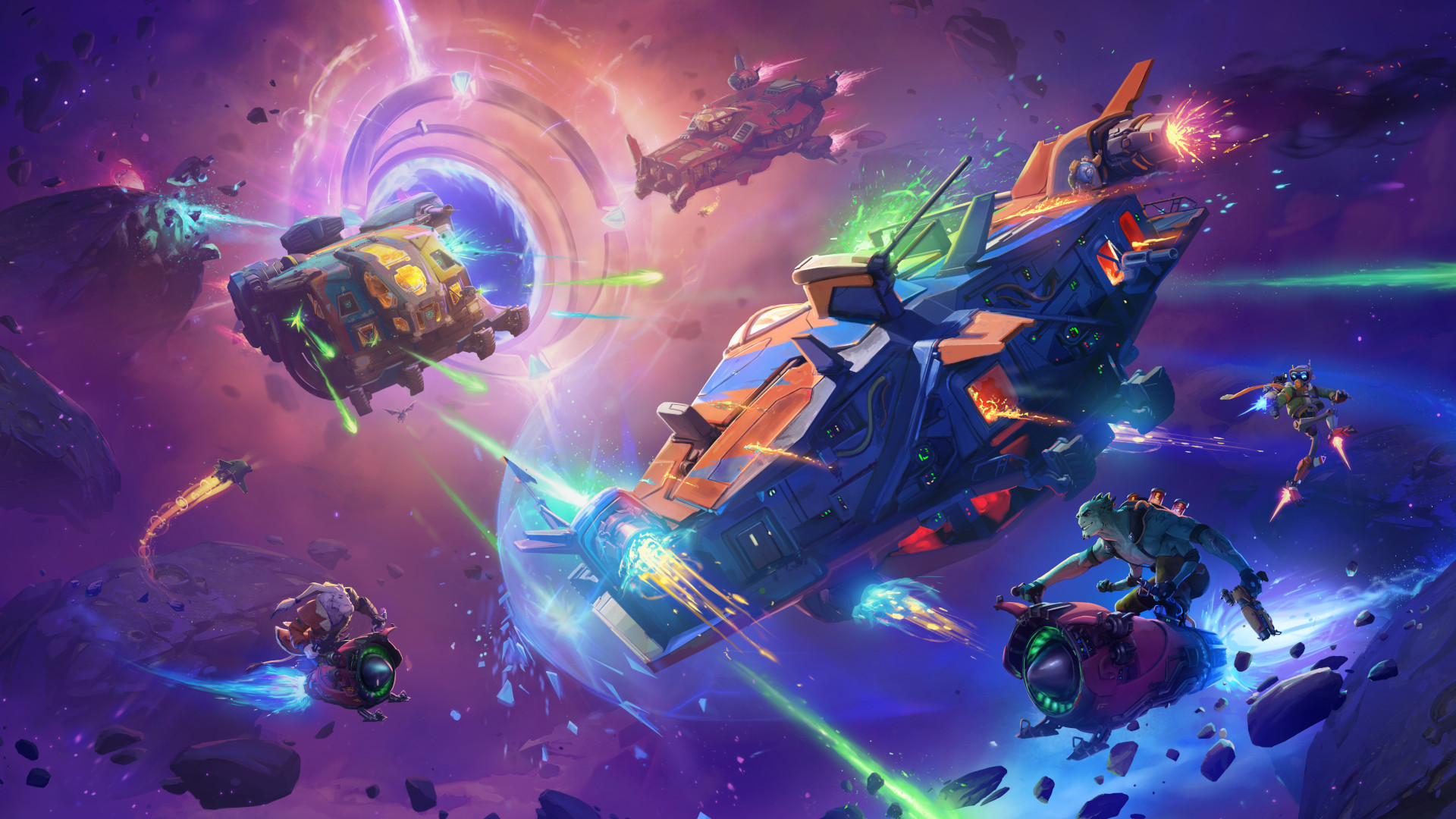
“One of the challenges that we’ve had is this question of, is it a tool?
Or is it a game, right?”
“Because the more tool-like it is, the more open and flexible it can be.
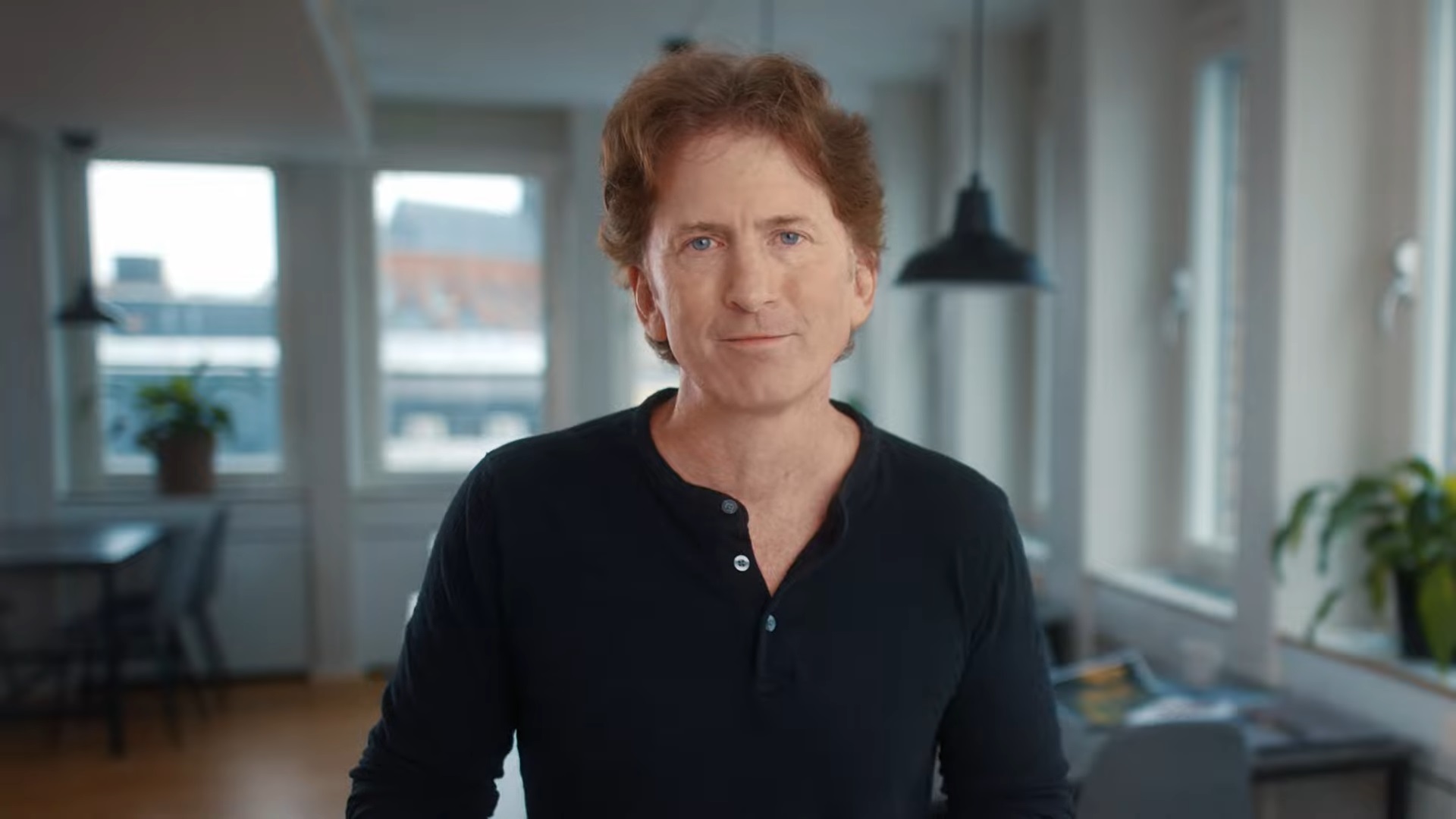
And the more game-like it is, the more structured it is.
And finding that answer for different aspects of the game has been a lot of the exploration during development.
And so that was a bit of exploration as well.
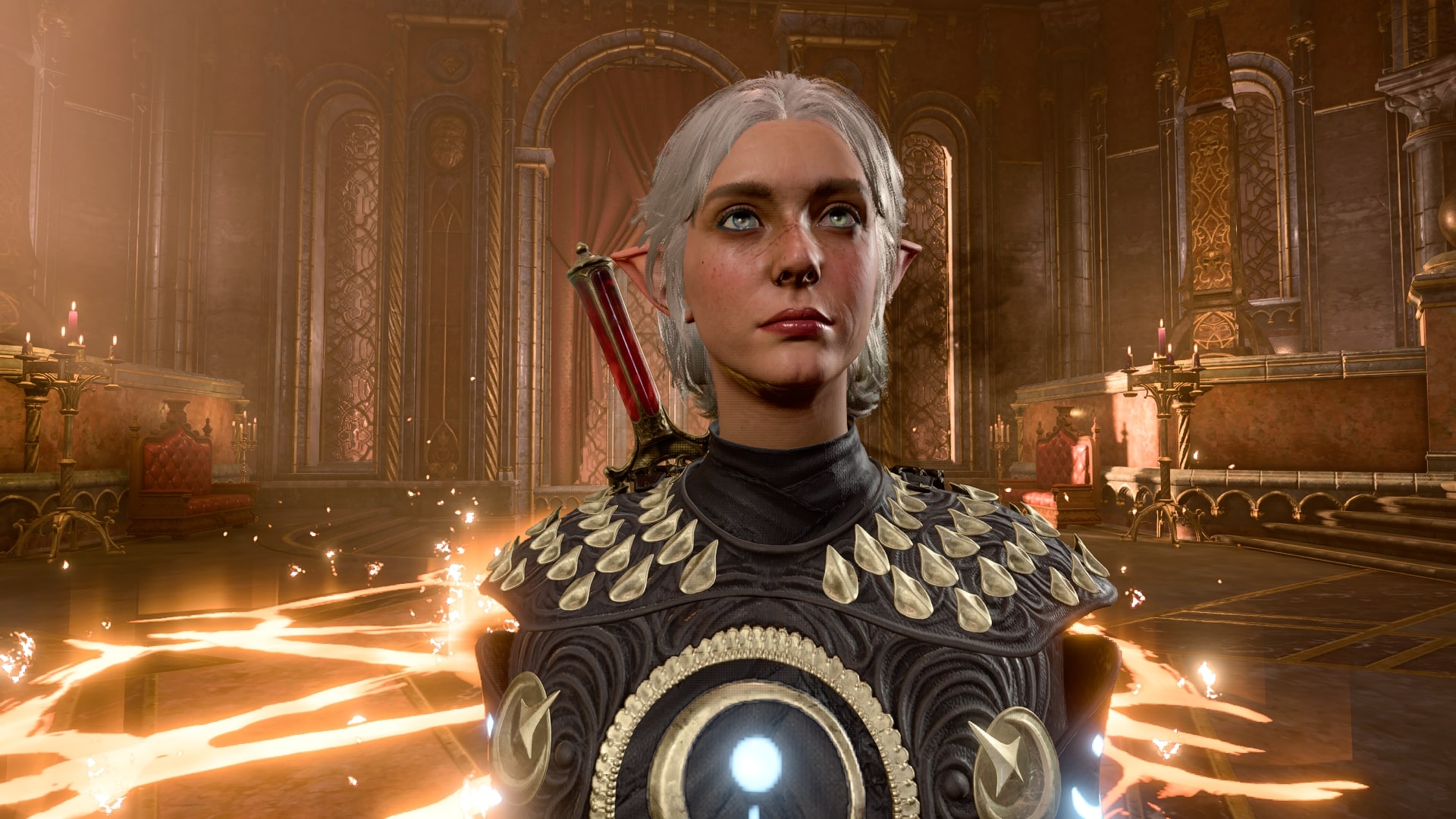
Project ORCS does feel like a game-maker as much as it is a game.
